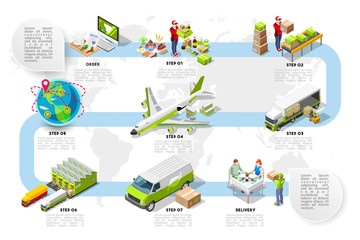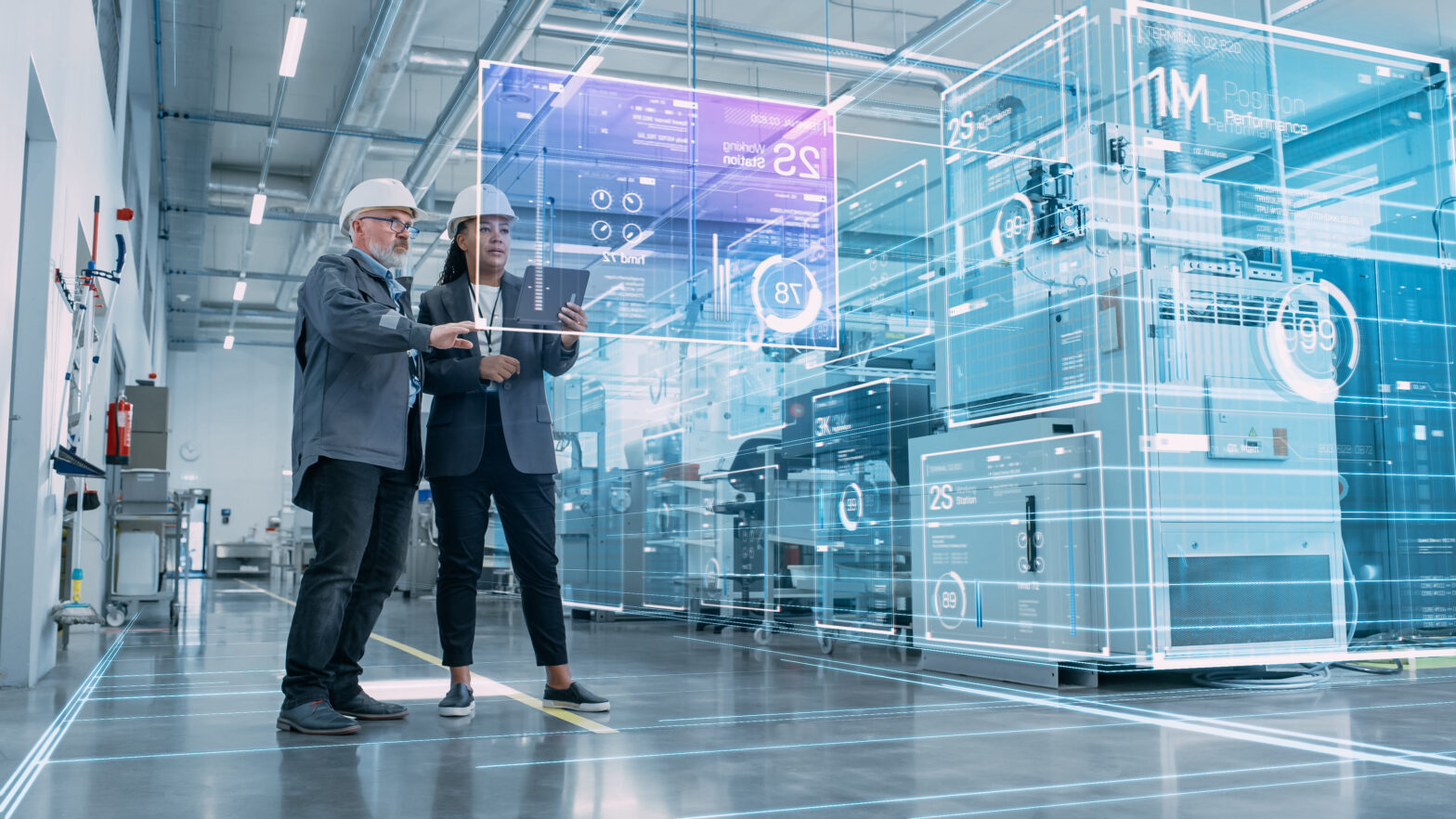Going through industrial revolution after industrial revolution has brought society and our planet to a point of no return, nearly.
Population growth, food and water shortages, green house gases, rising sea levels – many of these problems are inexplicably linked to each other and the progress of man and machine.
Ironically, the journey to industry 4.0, or the fourth industrial revolution, the inherent cause of the environmental catastrophe approaching, is exactly what can help us and the planet out of this defining conundrum.
In human history, the world has never been at so critical a juncture, but it has also never before been in such a position to do something about it – via technology.
Related: The future of robotics: A convergence of the physical and digital – Over the last 15 years, robots or robotics has changed the way we work, while adding never-before-seen value to society. The technology has given us an opportunity to solve the most glaring challenges facing the future of humankind.
The top of the food chain
Within the next five years, Earth’s population will eclipse the eight billion mark for the first time. This, evidence of the success of humankind, will bring a new set of challenges that must be addressed, now.
‘Our complex food chain — already stressed by climate change and a finite water supply — will only be tested further,’ wrote Arvind Krishna, SVP, IBM Cloud & Cognitive Software. ‘To meet the demands of this crowded future, we will need new technologies and devices, scientific breakthroughs and entirely new ways of thinking about food safety and security.’
The world’s food consumption is a major problem; from deforestation for cattle fields to an inefficient, wasteful and polluting supply chain.
To combat this, IBM researchers are working on technology-led solutions for every stage of this food chain.
‘They are helping farmers maximise crop yields and developing ways to curb the epidemic of waste that destroys 45% of our food supply,’ continued Krishna. ‘Our scientists are working to create a safety net to catch pathogens and contaminants before they make people sick. And they’re inventing ways to keep plastic out of our landfills and oceans.’
Here’s a summary of the predictions IBM scientists will present this year:
From seed…
Twinning: Farming’s digital doubles will help feed a growing population using less resources
How do you give a farmer who has never set foot in a bank access to credit?
By digitising and capturing all aspects of agriculture, from the quality of the soil to the skills of the tractor driver to the price of melon sold at the market. It’s known as a Digital Twin, and within the next five years, AI could use this data to accurately forecast crop yields, which in turn will give banks and financial institutions the data points they need to provide credit to help farmers expand.
To harvest…
Spoiler alert: Blockchain will prevent more food from going to waste
Within five years, many of the costly unknowns in the food supply chain could be eliminated. From farmers to grocery suppliers, each participant in the supply chain will know exactly how much to plant, order, and ship. Food loss will diminish greatly and the produce that ends up in consumers’ carts will be fresher — when blockchain technology, IoT devices, and AI algorithms join forces.
To shelf…
Culture club: Mapping the microbiome will protect us from bad bacteria
Within five years, food safety inspectors around the world will gain a new superpower: the ability to use millions of microbes to protect what people eat. These microbes —some healthy for human consumption, others not — are regularly introduced into foods at farms, factories and grocery stores. Thanks to a new technique that enables IBM to analyse their genetic make-up cost effectively, microbes will tell us a lot about the safety of what we consume.
See also: How SIG digitally transformed the food and beverage packaging industry – Min-Kin Mak, deputy vice president of Corporate Development and Digital Transformation for SIG, explains to Information Age why digital transformation should be led by a business case.
To table…
Dinner plate detectives: AI sensors will detect food-borne pathogens at home
Within five years, the world’s farmers, food processors and grocers — along with its billions of home cooks — will be able to detect dangerous contaminants effortlessly in their food. All they’ll need is a cell phone or a countertop with AI sensors. IBM researchers are creating powerful, portable AI sensors that can detect food-borne pathogens anywhere and everywhere they might turn up. These mobile bacteria sensors could dramatically increase the speed of a pathogen test from days to seconds, allowing individuals up and down the food chain to detect the existence of harmful E. coli or Salmonella before it becomes an outbreak.
To trash…
Plastic surgery: A radical new recycling process will breathe new life into old plastic
In five years, the disposal of trash and the creation of new plastics will be completely transformed. Everything from milk cartons to cookie containers to grocery bags and cheese cloths will be recyclable, and polyester manufacturing companies will be able to take in refuse and turn it into something useful. This transition will be powered by innovations like VolCat, a catalytic chemical process that digests certain plastics (called polyesters) into a substance that can be fed directly back into plastic manufacturing machines in order to make new products.










